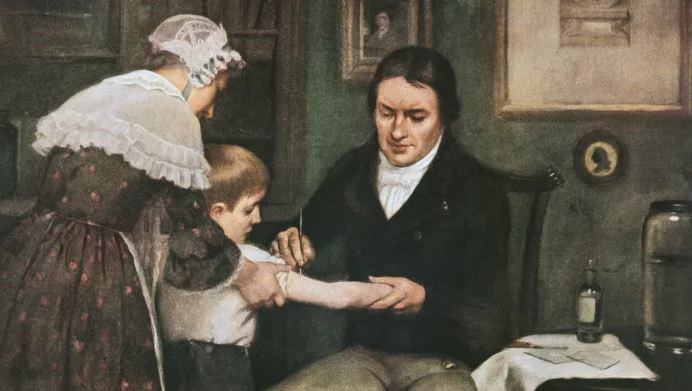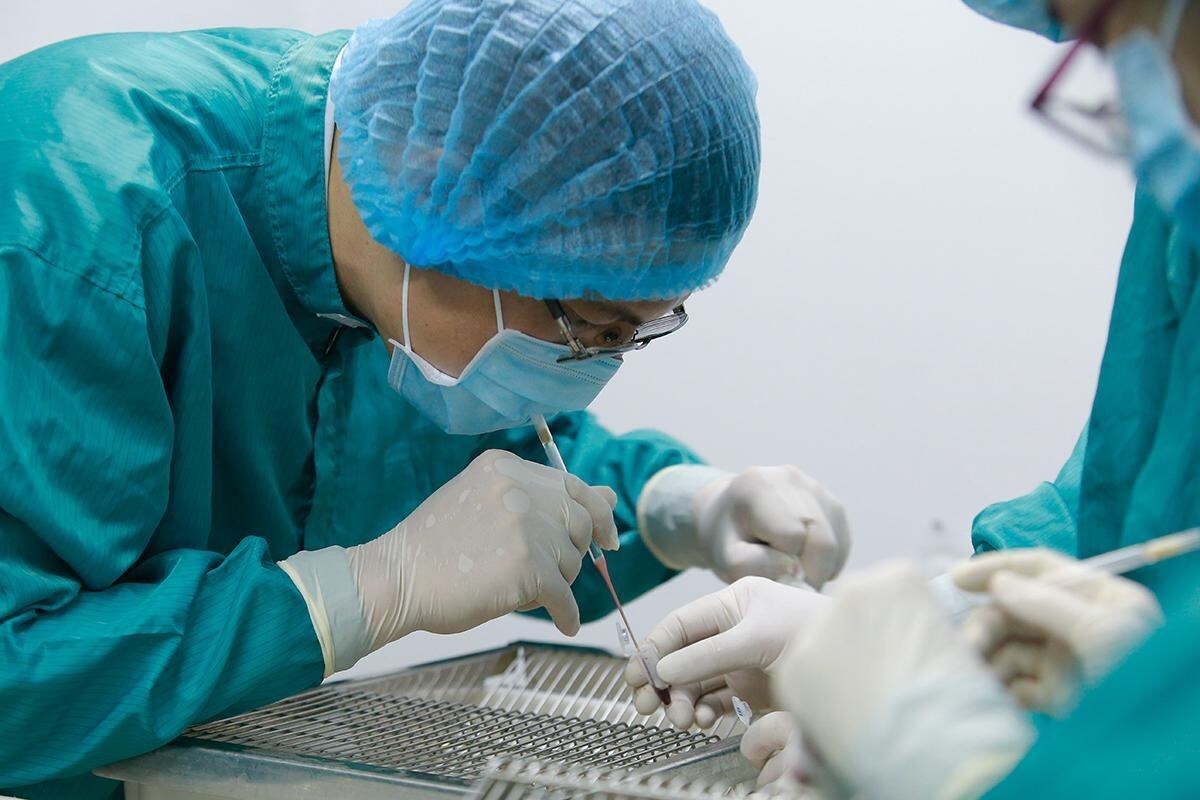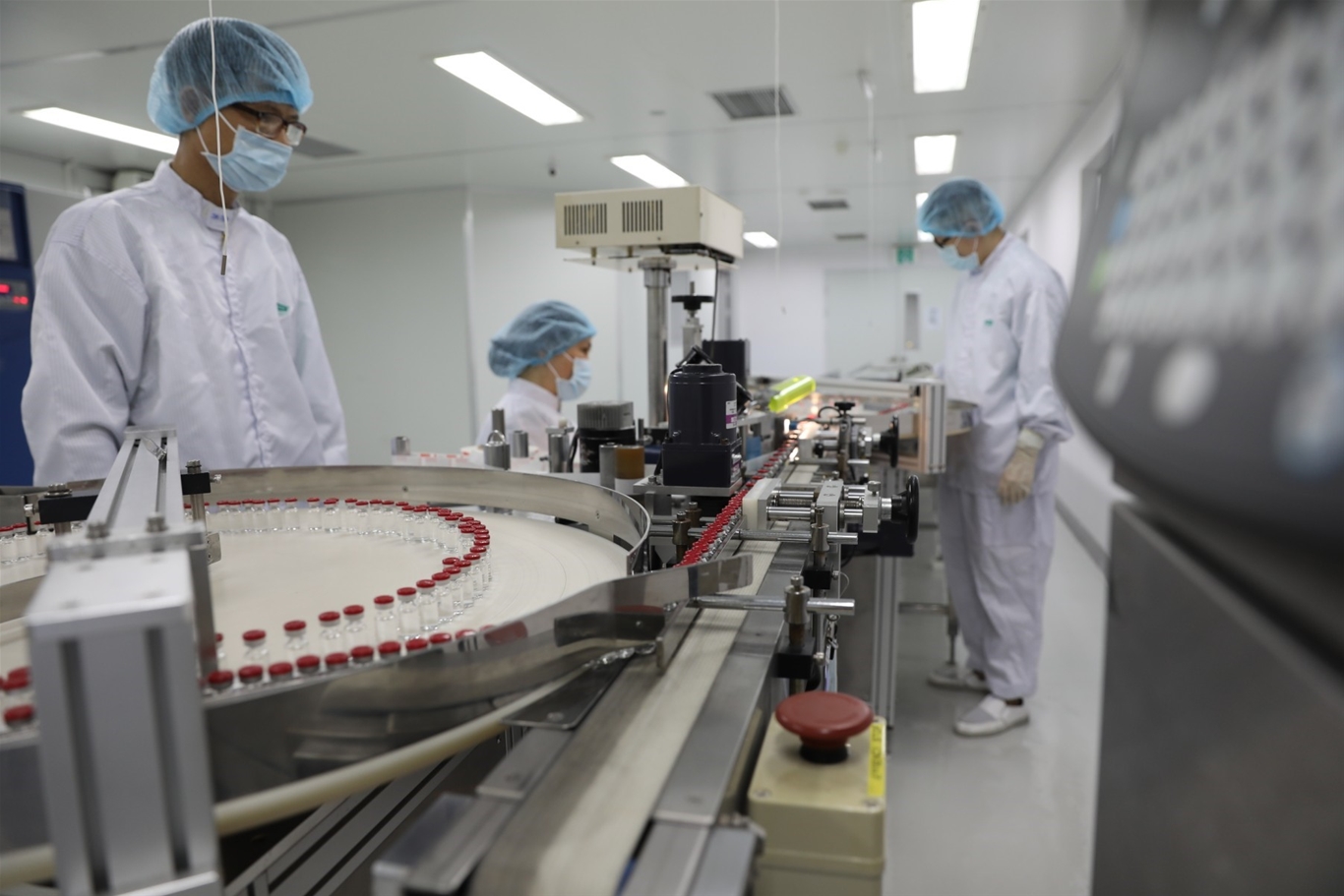The development of vaccine history

Describe a historical scene from a vaccine test. The Source: DEA Picture Library
A vaccine is a biological preparation with an antigen-like structure that causes disease, as we already know. When these substances are ingested, they assist the body manufacture immunological antibodies that aid in the body's defense against a variety of disease-causing pathogens.
Think back to a century ago, when the prevalence of infectious diseases like measles, bleaching, fowl cough, etc. was at its highest. In the United States, they have killed thousands of children under the age of five, raising the nation's level of alert.
At the time, vaccines had become available, saving up to two million lives, and the deadly group of viruses had a sizable enough opponent to be stopped before there was a potential of a larger breakout.
A bit more on, an English physician named Edward Jenner used peanut wound pimples to inject an eight-year-old kid in the late 18th century. He came to the conclusion that when a weaker form of bacterium enters the body, it will produce a disease-resistant component by seeing how the disease developed in this experiment.
As the field of contemporary immunology developed over time, particular vaccines for disease subgroups such chicken cough, measles, scabies, measles, and peanut butter helped to bring disease-related death rates down to predicted levels.
Vaccine selection and production process

Vaccine selection and production process. The Source: VOV.VN
The usage of vaccines is directly impacted by the burden of sickness. As was already noted, humanity developed vaccinations and used them extensively to combat several hazardous infectious diseases. Additionally, this has significantly increased human life expectancy compared to earlier times.
The process of creating vaccinations is drawn out, expensive, and time-consuming. Contrary to other medications, vaccines are administered for disease prevention and screening; therefore, the advantages of each vaccine trial must demonstrate efficacy and outweigh any possible dangers.
The first step is typically carried out in a lab setting when scientists try to create an antigen that aids in the diagnosis and treatment of disease. This process typically takes five years, though it could go faster. Applying AI to the search process will assist reduce search and identification time as the technology continues to advance.
The following step will be a phase one clinical trial to confirm the vaccine's safety and assess the body's immunological response once again. The second phase will continue to assess the vaccine's security, immune response, and occasionally, early outcomes on its efficacy. The complete placebo group can be utilized as a control, and those in the high-risk, controlled groups can be examined.
The number of subjects will rise to between 1,000 and 10,000 in the third phase. The third phase's goal is to determine whether the subject's vaccination usage reduces vaccine side effects. The test vaccination will either be deemed successful and licensed for actual wide-spectrum use at this point.
The new direction of Vaccine testing studies in the future

Applied extensively to engineering technologies and science in clinical research. Source: Government Electronic News
In addition to human labor, developing high-efficiency vaccines now demands production research and a combination of scientific and technological advancements to ensure good productivity while maximizing research time.
Self-amplifying mRNA (saRNA) technology is one of the new scientific and technological developments in vaccine research. By enabling the body to create its own antigen locally rather than requiring the team to provide the antigen into the body several times, it may be possible to administer minimal doses of the vaccine while yet extending the immunological time in the user's body.
Currently, Covid-19-related vaccines are typically being developed using saRNA technology. This is because complex Covid-19 virus strains like Alpha, Beta, Delta, and Gamma are highly suited to saRNA. This trait also aids the body's passive immunity, which helps to prevent infection and lessen COVID-19's severe symptoms.
It is an honor for VIETSTAR BIOMEDICAL RESEARCH to be a research collaborator on the American ARCT-154 and the Japanese Shionogi Covid-19 vaccination programs. Please get in touch with us when you want to know more details about us and the projects that VIETSTAR BIOMEDICAL RESEARCH has successfully worked on.
VIETSTAR BIOMEDICAL RESEARCH
Office Address: Room 201, 2nd Floor, N01T1 Tower Office Building, Diplomatic Complex, Bac Tu Liem District, Hanoi, Vietnam
Tel/ Fax: + (84 4) 32 000 867 - Hotline: + 84 (0) 903 40 43 34, + 84 (0) 989 18 88 07
Email: contact@vietstar-research.com
Website: www.vietstar-research.com